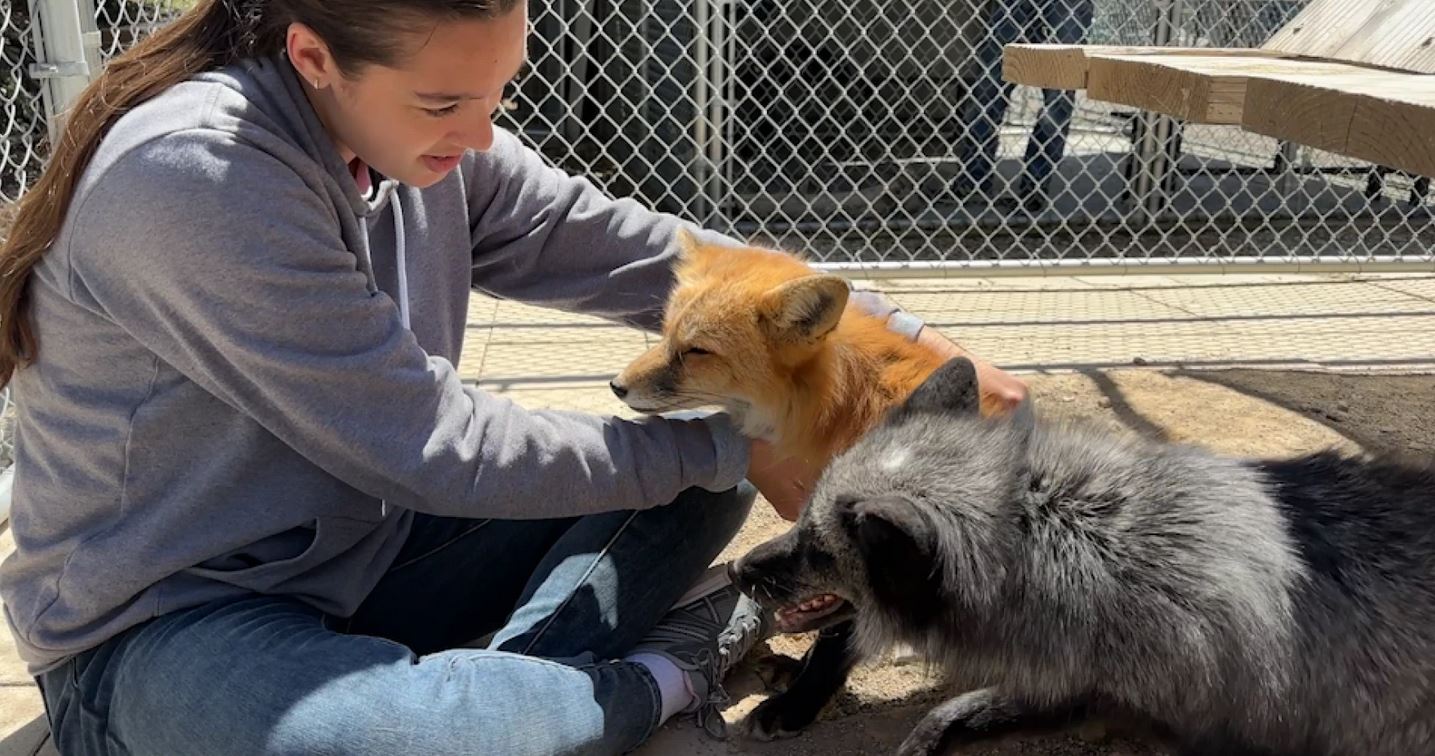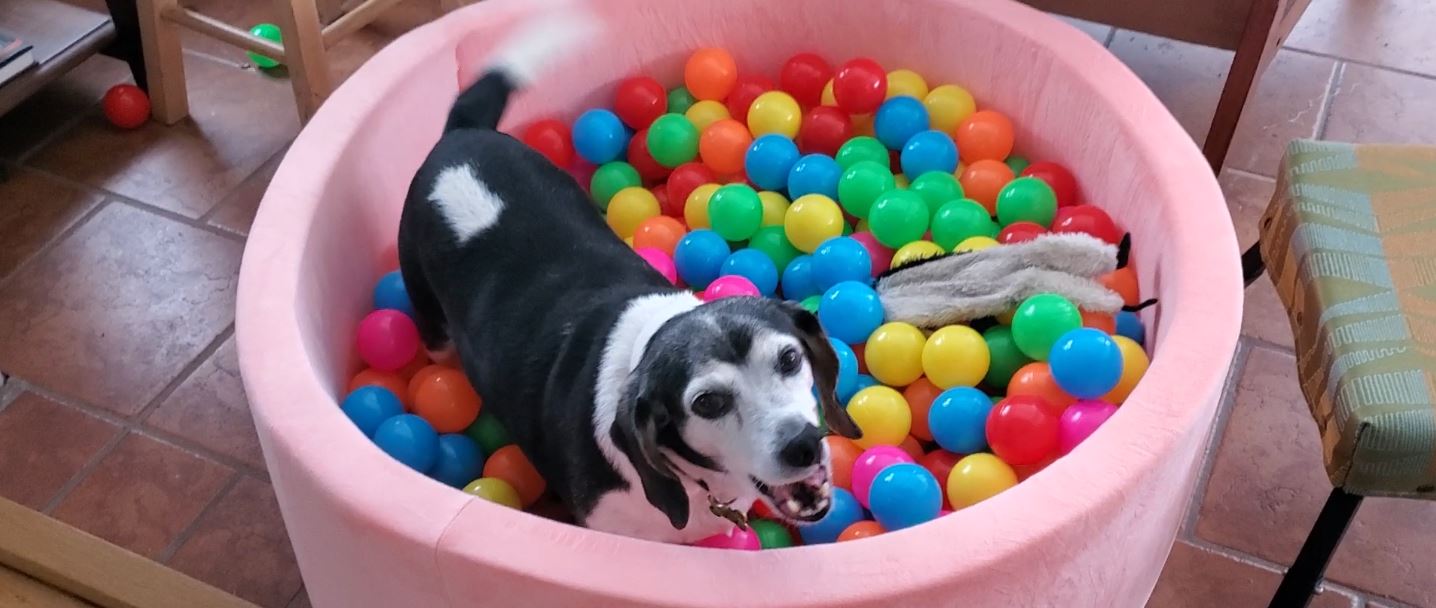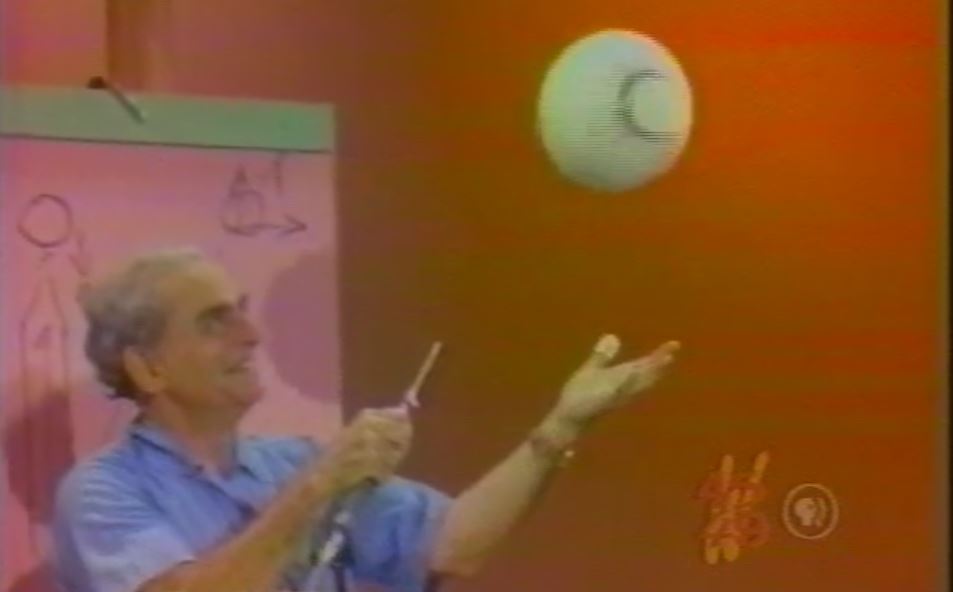
This post is about fluoridated water and dental health. Sparky doesn’t have much to do with it, but I will get to him at the end.
RFK, Jr. Protects The Nation’s Precious Bodily Fluids
Chemistry can seem like magic, so know the cost. In engineering terms, “everything is a trade off.” This substack article addresses RFK’s interest in fluoride.
The battle over fluoride has been raging for longer than I have been alive, dating as far back as the 1930s. While the scientific basis for opposing fluoridization may have changed, the arguments to a large degree remain unchanged.






